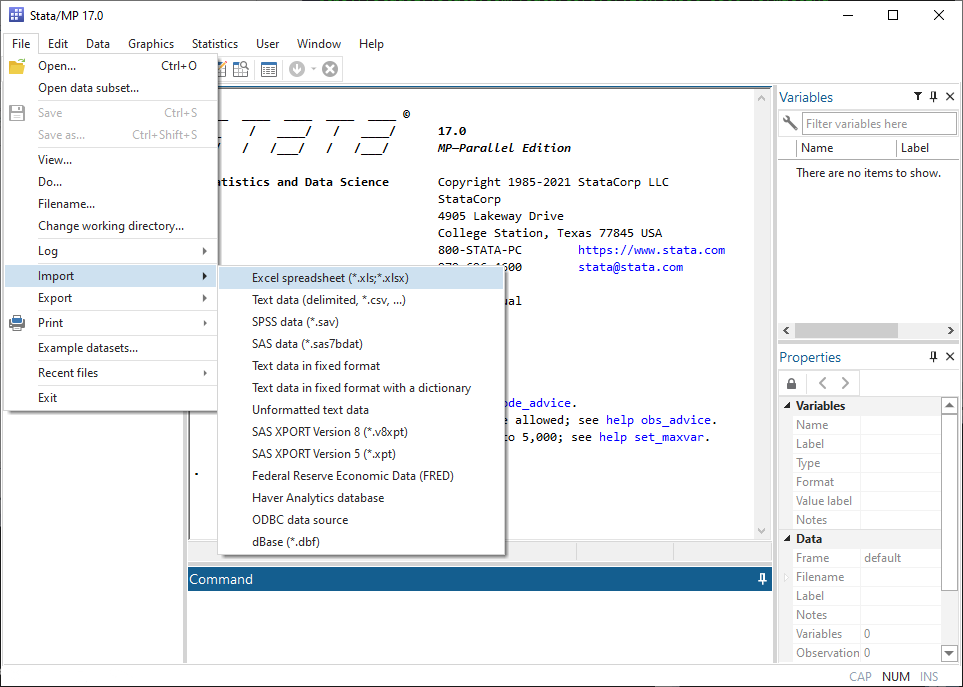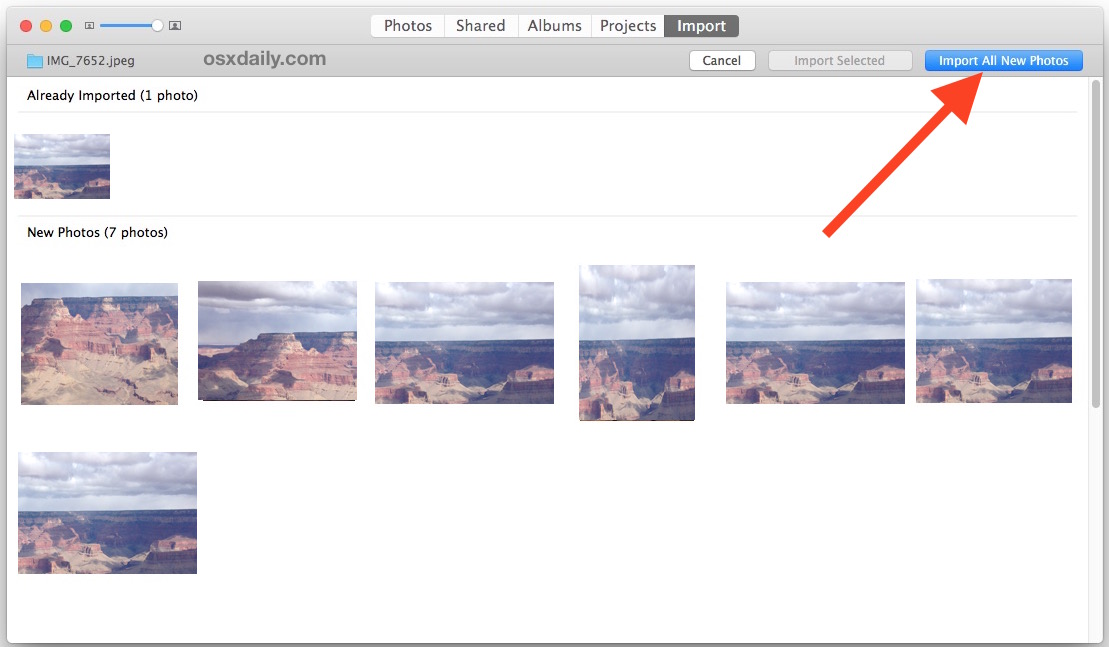If you are using more than one Mac, or have replaced your Mac with a new one, there are several ways you can migrate your account to the new system.
For information about using the PST Import Tool for Entourage, after you install it, see the PST Import Tool Help.htm file, located in the Documentation folder. Although the documentation makes specific reference to Entourage 2004, the PST Import Tool can be used with versions of Entourage released after Entourage 2004, such as Entourage 2008. Import Outlook 2016 to Mac Mail – there’s only way of doing it correctly and that’s through “OLM Extractor Pro,” a hugely successfully tool from USL Software for clean and quick conversion. Import Outlook 2016 to Mac Mail is a task that most are not up to. On the Outlook for Mac File menu, click Import. Click Outlook Data File, and then click the right arrow. Select a data file type, and then click the right arrow. Locate the data file on your computer, and then click Import. When the import process is complete, click Done. Migration Assistant copies all of your files to your new Mac so that you don't have to copy your files manually. If your files are currently on a Windows PC, follow the PC migration steps instead.; If your new Mac is using OS X Mountain Lion v10.8 or earlier, follow the Mountain Lion migration steps instead. The option to import custom tool palettes (*.XTP) from AutoCAD for Windows into AutoCAD for Mac cannot be found. AutoCAD and AutoCAD LT for the Mac does not support the option to import or export tool palettes from AutoCAD or AutoCAD LT for Windows. Digital Tweaks Outlook Mac Export Import Tool is an awesome tool for email migration.
Conventionally, when you get a new system you are presented with the OS X Setup Assistant, which will guide you through migrating your data from an existing system or a backup.
In addition to Setup Assistant, you can use Apple's Migration Assistant tool at any time to transfer data from one Mac to another. This tool is especially useful for establishing your current user account on another system. Simply open the Migration Assistant tool on the destination system, and then follow its instructions for accessing your source Mac. Then you can check only the account you wish to transfer so its data and settings are integrated into the current setup of the destination system. This may be useful if, for instance, you are disposing of an older Mac and want to get all its users running on another more recently purchased one.
A final option for transferring user accounts to a new system is to do so manually. While backups and migration tools are the most convenient options, they might not always be usable. For instance, if you have deleted a user account from your system but preserved that account's data, and do not have a recent backup of it in other locations, you may need to restore the preserved data folder for the account to use.
The process for restoring an account manually takes two steps. The first is to copy the home folder for the account back to the Users directory on the desired system. To do this, you can select the home folder and press Command-C to copy, followed by Command-V (or use Shift-Option-Command-V to paste and preserve access permissions) in the Macintosh HD > Users directory to paste it.
If you have only a backup of the contents of the user's account (such as the Documents, Movies, and Music folders), then first create a folder in the Users directory and name it the same as the short name of the user you are going to recreate. Then copy all of your preserved data into this folder.
The second step is to open the Users & Groups system preferences and create a new user account. Be sure the short name you use for the account is the same as the home folder you have created in the Users directory. When you do this, OS X should ask whether you would like to use the existing home folder for the new user. Choose this and proceed with creating the user's account.
If you are not prompted with this request, then once the account is created, right-click it and choose the 'Advanced Options...' feature. In here, click the button called 'Choose...' next to the home directory field, and select the original folder you either copied or created for use as the user's home directory. Then click OK to save these changes.
With just these steps, you should be able to log into the account, but you may run into access errors that result in warnings, odd program function, or even a hang or two. This is because when copying the files or manually creating home directories, some important file permissions might get altered. Using the system's 'Copy Exactly' feature should help prevent this, but it's not a guarantee. To ensure that no such issues come up, reset the user folder's permissions before logging into that user's account.
To do this, reboot and hold Command-R to load the OS X Recovery HD partition. After selecting your language, choose Terminal from the Utilities menu and run the command 'resetpassword' (all one word, and lower-case) to launch the password reset tool. In this tool, select your hard drive, then the new user account, and then choose the option to reset home folder permissions and ACLs.
This routine should ensure that the home folder and its contents are properly accessible by that user account, so when finished, you should be able to reboot and log in to it without any errors.
Questions? Comments? Have a fix? Post them below or e-mail us!
Be sure to check us out on Twitter and the CNET Mac forums.
- ReviewMac OS X 10.8 Mountain Lion
Transitioning from Evernote to OneNote is as simple as downloading the import tool, letting the app locate Evernote notebooks, signing into your Microsoft account, and hitting the import button. From there, all of your Evernote content is available in OneNote.
Microsoft's OneNote Import Tool is timely because Evernote recently made a policy change that has pushed users into seeking other note taking services. As of late June, customers who use a free Evernote basic account are only able to access their notes on a total of two devices. Accessing Evernote content on more than two devices now requires an Evernote subscription, priced at $3.99 per month or $34.99 per year.
OneNote requires notes to be stored using Microsoft's OneDrive cloud storage service (which comes with 5GB free storage) but there are no restrictions on accessing notes across multiple devices. OneNote also offers many of the same features that are available in Evernote and it can serve as an alternative to Apple's own Notes app.
OneNote lets you work the way you want. You can get your ideas down in a range of ways that include typing, inking, embedding videos, recording audio, or clipping web content. If you prefer to use paper and pen, you can even scan that content with OneNote to make it digital, searchable and available from your phone to your laptop. We've heard that many Evernote users rely heavily on their clipper. OneNote has a great clipper for all major browsers, available for free at OneNote.com/clipper.Microsoft's new OneNote Import Tool can be downloaded from the OneNote website for free.
Guides

Upcoming

Front Page Stories
What to Expect at Apple's September 2019 Event: New iPhones, Apple Watch Models, Services Updates and More
Bloomberg: 2019 iPhones Will Have Centered Apple Logo on Back
1 day ago on Front PageApple to Live Stream September 10 Event on YouTube
1 day ago on Front PageU.S. Government Orders Apple and Google to Identify Users of a Gun Scope App
2 days ago on Front PageFifth Avenue Glass Cube Gets Temporary Rainbow Look to Celebrate Reopening
2 days ago on Front PageApple Disputes Some Details of Google's Project Zero Report on iOS Security Vulnerabilities [Updated]
2 days ago on Front PageKuo: 'Apple Tags' to Feature Ultra-Wideband Technology, Likely Far More Precise Than Tile's Trackers
2 days ago on Front PageApple Working on Siri Feature Allowing Back-and-Forth Conversations About Health Problems
2 days ago on Front Page
